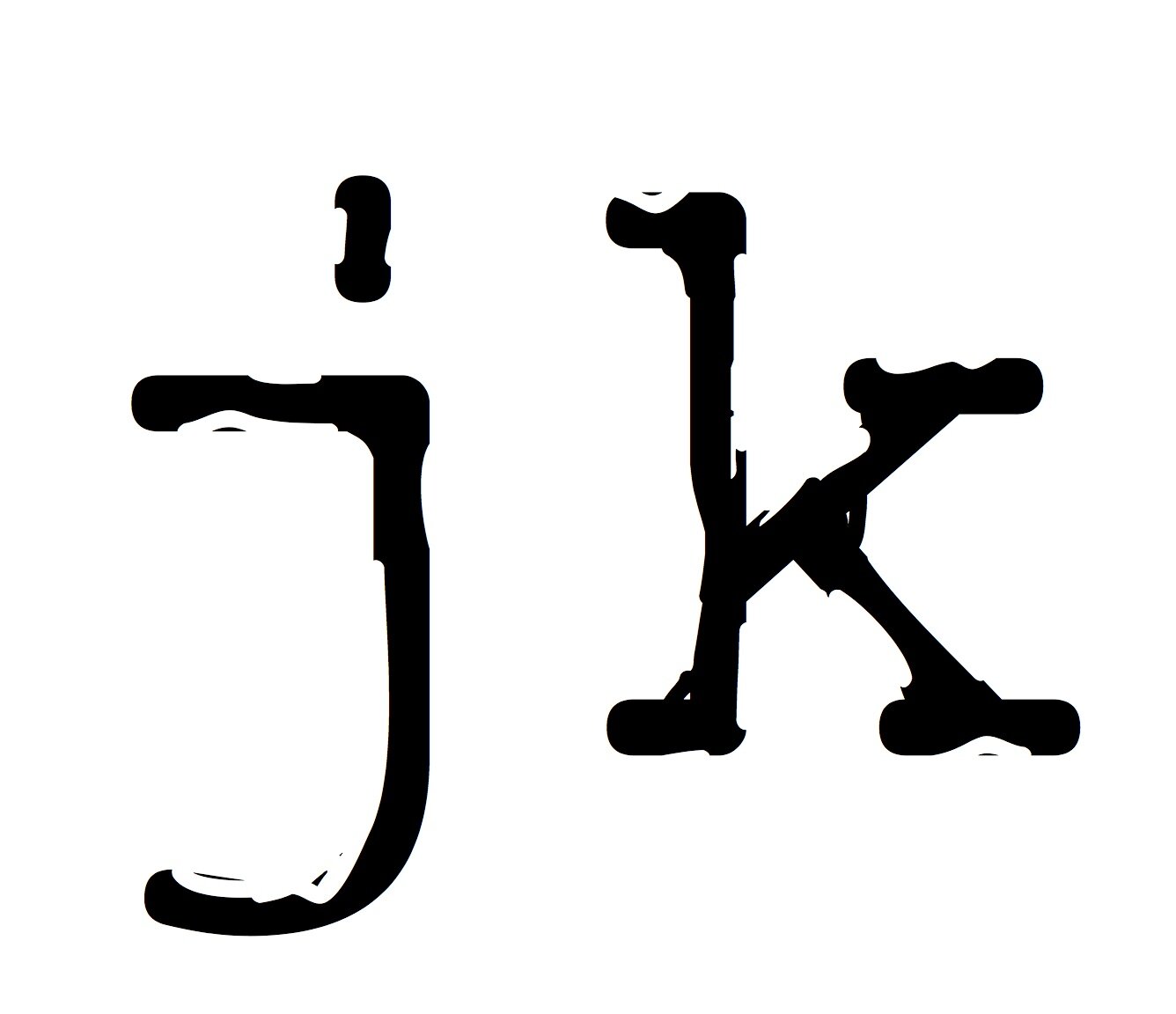What Can You Cut?
Years ago, while reading through the manuscript of my first novel and planning what would be the third draft, it became clear to me that the novel had changed. The whole first quarter was centred around a conflict that was not the focus of what the book had become.
My initial reaction was relief – I didn’t have to rewrite that part! The novel had turned into a story about the same character but about a different relationship and a whole other context.
Selecting what to leave out in order to emphasis the story is essential.
Marcel Proust knew it – the image here is some passages from his notebooks on writing In Search of Lost Time.
This isn’t only for fiction. A memoir needs a fine approach to curating the stories to focus the story you’re telling. Life is full of material but each of these anecdotes or stories need a reason to be in the manuscript. A cohesive book needs to weave these together with emotion and value to give them meaning. When this is balanced right, the book is an enthralling journey for the subject and the reader.
Sometimes a story is too good to leave out but it doesn’t fit the arc. Keeping that part unsettles the rhythm or flow of the overall piece. That’s where you can rely on structure to give it another home in the manuscript. Memoirs don’t have to be linear but they do have to have a clear thread that build meaning around the story. Reordering events to develop this, to build towards the climax, is a powerful way to control flow and narrative.
The key to creating a captivating story in a memoir or piece of non-fiction is balancing the passages and sequences to build meaning and emotion in your story. John McPhee’s book Draft No. 4 has some great passages on how he has reordered events to build meaning and maintain story structure.
When I’m starting work on a book with a client, my first months are spent on understanding the story and the arc of the adventure we’re bringing to the reader. Then I devise a structure to balance this, to chart through the dark seas and the wild jungles of the author’s journey and vision.
The truth is stranger than fiction. That’s because fiction has to be believable. The right structure makes the truth less strange and even more engaging to your reader.
